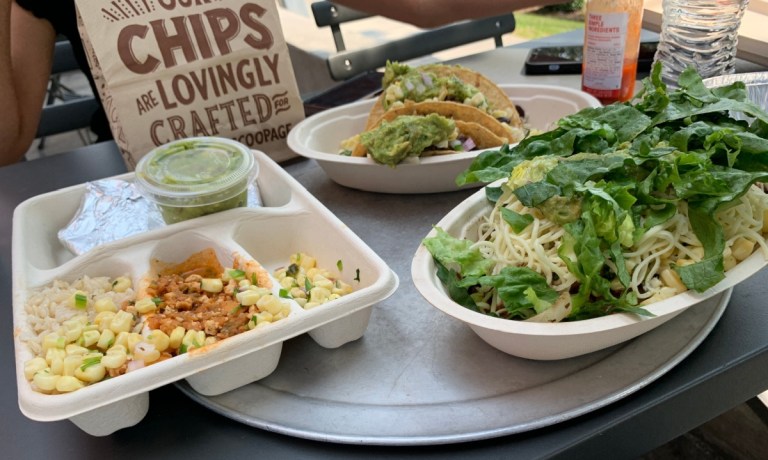
As restaurants look to boost digital engagement, Chipotle is seeing that its efforts to make online participation more exciting are paying off.
The fast-casual restaurant chain, which has more than 3,500 locations across six countries, shared on a call discussing its second quarter financial results, reported Wednesday (July 24), how it reached its highest-yet digital participation day in the quarter.
“In the second quarter, we had a record-breaking National Burrito Day, where our gamified promotion resulted in Chipotle best sales and digital sales day ever,” CEO Brian Niccol told analysts. “It also drove an influx of new and lapsed customers and was the best enrollment day of the year for our rewards program.”
The offers that it rolled out for the occasion were tied to a guessing challenge to earn buy-one-get-one deals and to be entered into a sweepstakes to win free burritos for the year. Evidently, consumers are interested in these kinds of limited-time, participatory promotions.
Overall, consumers tend to seek restaurant rewards. PYMNTS Intelligence data show that 51% use a restaurant loyalty program, with 49% participating in these programs at quick-service restaurants (QSRs) and 34% at full-service restaurants (FSRs).
One key takeaway from Chipotle’s performance is the role of convenience in driving consumer traffic. The addition of 52 new restaurants, with the majority featuring Chipotlanes — drive-thru lanes for digital orders — highlights a significant consumer preference for quick and easy dining solutions. Digital sales accounted for 35.3% of Chipotle’s total food and beverage revenue, underscoring the importance of digital ordering platforms in meeting consumer demand for speed and efficiency.
Indeed, many diners are engaging with restaurants digitally. The 2024 edition of PYMNTS Intelligence’s “How the World Does Digital” report surveyed 67,000 consumers from 11 countries, representing around half of the world’s GDP, to explore their digital behaviors across different aspects of their lives. The results revealed that roughly half of consumers order from a restaurant’s website or app every month, and 44% do so from restaurant delivery aggregators.
The expansion of Chipotlanes also reflects a broader shift toward omnichannel dining experiences. Consumers expect the flexibility to switch between in-store, drive-thru, and delivery options seamlessly. This adaptability not only enhances customer satisfaction but also drives higher transaction volumes, as evidenced by Chipotle’s 8.7% increase in transactions for the quarter.
Another notable takeaway is the increasing consumer demand for limited-time offerings (LTOs). Chipotle’s successful reintroduction of chicken al pastor demonstrates how strategic menu innovation can drive traffic and sales. The 20% incidence rate of this LTO indicates a strong consumer appetite for novelty and variety in dining options. This trend suggests that consumers are motivated by unique, time-sensitive choices, which can create a sense of urgency and exclusivity.
However, Chipotle’s strong performance wasn’t without challenges. Social media raised concerns about portion sizes, prompting the company to reexamine its service consistency.
Niccol addressed this issue directly: “There was never a directive to provide less to our customers. Generous portions are a core brand equity of Chipotle. It always has been, and it always will be.”
Amid economic uncertainty, customers are looking for brands that deliver substantial, satisfying meals. Niccol’s assurance that portion sizes will remain generous underscores a broader consumer expectation for value, which extends beyond mere price points to include portion size and overall dining experience.